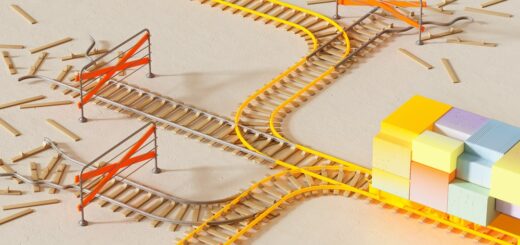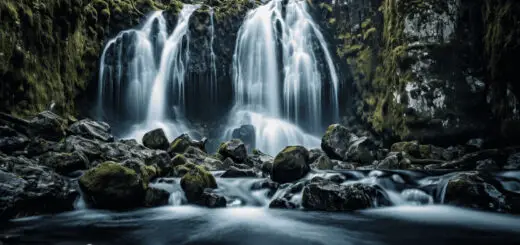Revolutionary AI Photography Products: Elevate Your Artistry Today
In the world of photography, technology is constantly evolving and sparking innovation. One of the most groundbreaking advancements in recent years has been the integration of artificial intelligence (AI) into photographic tools and software. These AI photography products have proven to be a game-changer for photographers, offering improvements in various aspects such as image quality, user experience, and creative possibilities. In this article, we will dive into the most revolutionary AI-powered photography products and highlight their features, helping you elevate your photography skills and artistry
Table of Contents
- Rapid innovation in AI photography
- AI-powered enhancement tools
- AI camera features
- Drone photography with AI
- The future of AI in photography
Rapid innovation in AI photography
Artificial intelligence has quickly become an indispensable asset in the realm of photography. AI algorithms can analyze and learn from vast amounts of data, which has led to significant improvements in photographic tools and software. This technology has accelerated numerous capabilities, such as image recognition, color correction, and even artistic style transfer.
AI-based technologies continue to develop at an incredible pace, and we can already see significant advancements in areas such as computational photography, camera autofocus systems, and automated image editing software. With AI enhancing various aspects of photography, it is essential for photographers to stay up-to-date with these cutting-edge developments.
AI-powered enhancement tools
Several AI-powered enhancement tools are available today to help photographers streamline their editing process and improve the overall look and feel of their images. Below, we will explore some of the most popular AI-enhanced photo editing software.
Luminar AI
Luminar AI is a powerful photo editing software that uses artificial intelligence to assist with common but time-consuming editing tasks. It offers AI-driven tools that can automatically enhance skin tones, eliminate noise, and even replace the sky with a single click. This software is designed to help users spend less time tweaking images and more time focusing on creativity.
Key features:
- AI Sky Replacement
- AI Portrait Enhancer
- AI Structure
- AI-powered image organization
Topaz Labs
Topaz Labs offers a range of AI-powered tools designed to improve and simplify the editing process. Products such as Topaz Gigapixel AI and Topaz Denoise AI use machine learning algorithms to vastly enhance image quality while preserving essential details and reducing noise.
Key features:
- AI-powered image resizing
- Noise reduction and sharpening tools
- AI Clear technology
DeepArt.io
DeepArt.io is a unique AI-powered platform that allows users to transform their photos into works of art resembling famous artistic styles. The website uses deep learning algorithms to analyze the style of famous painters and apply those characteristics to users’ photographs, creating stunning and unique results.
Key features:
- Style transfer technology
- Large library of artistic styles
- Customizable settings
AI camera features
Manufacturers are increasingly incorporating AI into cameras to improve performance and user experience. One notable example is Sony, with their Real-time Eye AF technology. This autofocus system uses AI algorithms to recognize and track human eyes, ensuring sharp focus on the subject’s face even in challenging conditions.
AI is also utilized in other camera technologies, such as subject tracking, scene recognition, and camera settings optimization. These features make it easier for photographers to capture stunning, high-quality images with minimal effort.
Drone photography with AI
AI has played a significant role in the development of drone photography, with drones becoming more intelligent, autonomous, and easier to use. Many modern drones are programmed with AI algorithms that can analyze the surrounding environment and make real-time adjustments to speed, altitude, and camera settings. These features help users capture smoother, more stable footage without the need for extensive piloting skills.
AI-powered features such as subject tracking and obstacle avoidance have also made drone photography more accessible, safe, and enjoyable for users of all skill levels.
The future of AI in photography
Given the rapid growth and development in AI technologies, it is safe to say that this is just the beginning for AI in photography. In the coming years, we can expect AI to become an even more integral part of the photographic landscape, bringing about new techniques, tools, and possibilities that were previously unimaginable.
As AI continues to disrupt the photography industry, it is imperative for photographers to embrace these tools and techniques to stay relevant, innovative, and competitive in the ever-changing world of photography.



